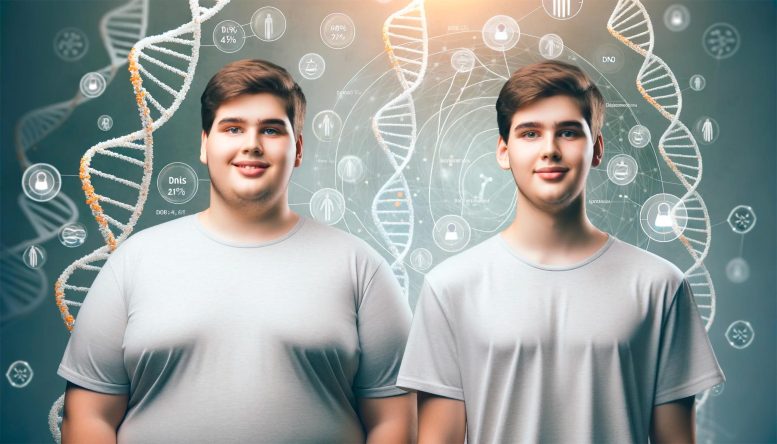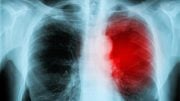
Washington State University researchers have found an epigenetic signature in the cheek cells of obese twins that differs from their non-obese siblings, pointing to a molecular predisposition to obesity.
Researchers have discovered molecular markers in cheek cells that could predict obesity, potentially allowing for early interventions and a shift towards preventative healthcare measures.
A susceptibility to gain weight may be written into molecular processes of human cells, according to a research study from Washington State University.
The proof-of-concept study with a set of 22 twins found an epigenetic signature in buccal or cheek cells appearing only for the twins who were obese compared to their thinner siblings. With more research, the findings could lead to a simple cheek swab test for an obesity biomarker and enable earlier prevention methods for a condition that affects 50% of U.S. adults, the researchers said.
“Obesity appears to be more complex than simple consumption of food. Our work indicates there’s a susceptibility for this disease and molecular markers that are changing for it,” said Michael Skinner, a WSU professor of biology and corresponding author of the study published in the journal Epigenetics.
Epigenetic Signature and Obesity
The study focused on twins to help eliminate the role of genetics and instead focus on epigenetics, molecular processes that are separate from DNA but influence how genes are expressed. The fact that the epigenetic signature was found in cheek cells rather than fat cells also suggests that the obesity signature is likely found throughout the human system.
The signature’s systemic nature also suggests that something may have occurred early in one twin’s life that triggered obesity susceptibility, Skinner added. It’s also possible that it was inherited by one twin and not the other.
For this study, Skinner worked with lead author Glen Duncan, director of the Washington State Twin Registry based at WSU, to identify 22 twin pairs, both identical and fraternal, who were discordant for obesity: one sibling had a body mass index of 30 or higher, the standard for obesity defined by the Centers of Disease Control and Prevention, while the other sibling was in the normal range of 25 and below.
The research team analyzed cells from cheek swabs provided by the twins. In the cells of the twin siblings who were obese, they found similar epigenetic changes to DNA methylation regions, areas where molecular groups made of methane attach to DNA, regulating gene expression or turning genes on or off.
Future Research and Prevention
To establish a reliable biomarker test for obesity, the study would need to be conducted on a larger scale.
The goal would be able to identify people earlier in life before they become obese so healthcare providers might help create interventions such as lifestyle changes, medication, or both, said Duncan.
“Ultimately we would like to have some kind of preventative measure instead of our usual approach which is treatment,” he said. “It’s a simple fact that it’s better to prevent a disease than to try to treat it after you have it.”
Reference: “Epigenome-wide association study of systemic effects of obesity susceptibility in human twins” by Glen E. Duncan, Ally Avery, Millissia Ben Maamar, Eric E. Nilsson, Daniel Beck and Michael K. Skinner, 23 October 2023, Epigenetics.
DOI: 10.1080/15592294.2023.2268834
This research was funded by the John Templeton Foundation and the National Institutes of Health.









There seems to be a cause-and-effect challenge in this study. Is it not reasonably possible that differences in eating could *cause* epigenetic differences in those epithelial cheek cells (which are in *direct contact* with the food)? How can one conclude cheek cell changes caused *behavioral* eating changes (*indirect* effect) when those same cells can be *directly affected* by chemical signals from food that is in contact with them? Either the researchers did great work to rule out that possibility and the article ignores it, or there is a gaping hole in the analysis of cause-and-effect.